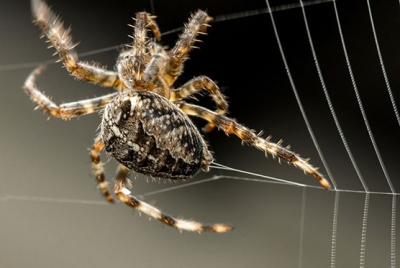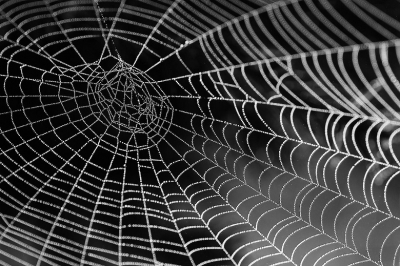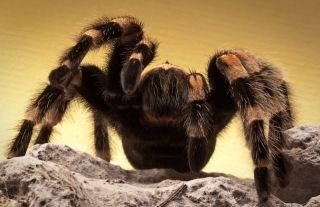Do all spiders weave webs?

Although webs are the most well-known use for spider silk, not all spiders make webs to catch their prey. In fact, less than half of the 37 spider families in Britain do.
However, even spiders that don't make webs have uses for silk, including creating moulting platforms, sperm webs for males, and retreats.
Jan adds, 'Jumping spiders, for example, make little silken cells in which to hide in during the day - a bit like a sleeping bag.'
Most spiders use silk to wrap their eggs. Ballooning is another spectacular use for silk, allowing the mass dispersal of spiderlings and small adults.
Spiders that don’t build webs catch their prey by other means, such as ambushing it from a hole in the ground (like trapdoors spiders), or stalking it and leaping on it (like jumping spiders). Those that don’t construct webs still use silk, but for other purposes. These include building retreats, safety drag-lines (constantly connected as the spider moves around) and for dispersal in a process called ballooning. One of the most common uses of silk in the spider world is in the construction of egg sacs that are used to protect their eggs.
Picture Credit : Google

